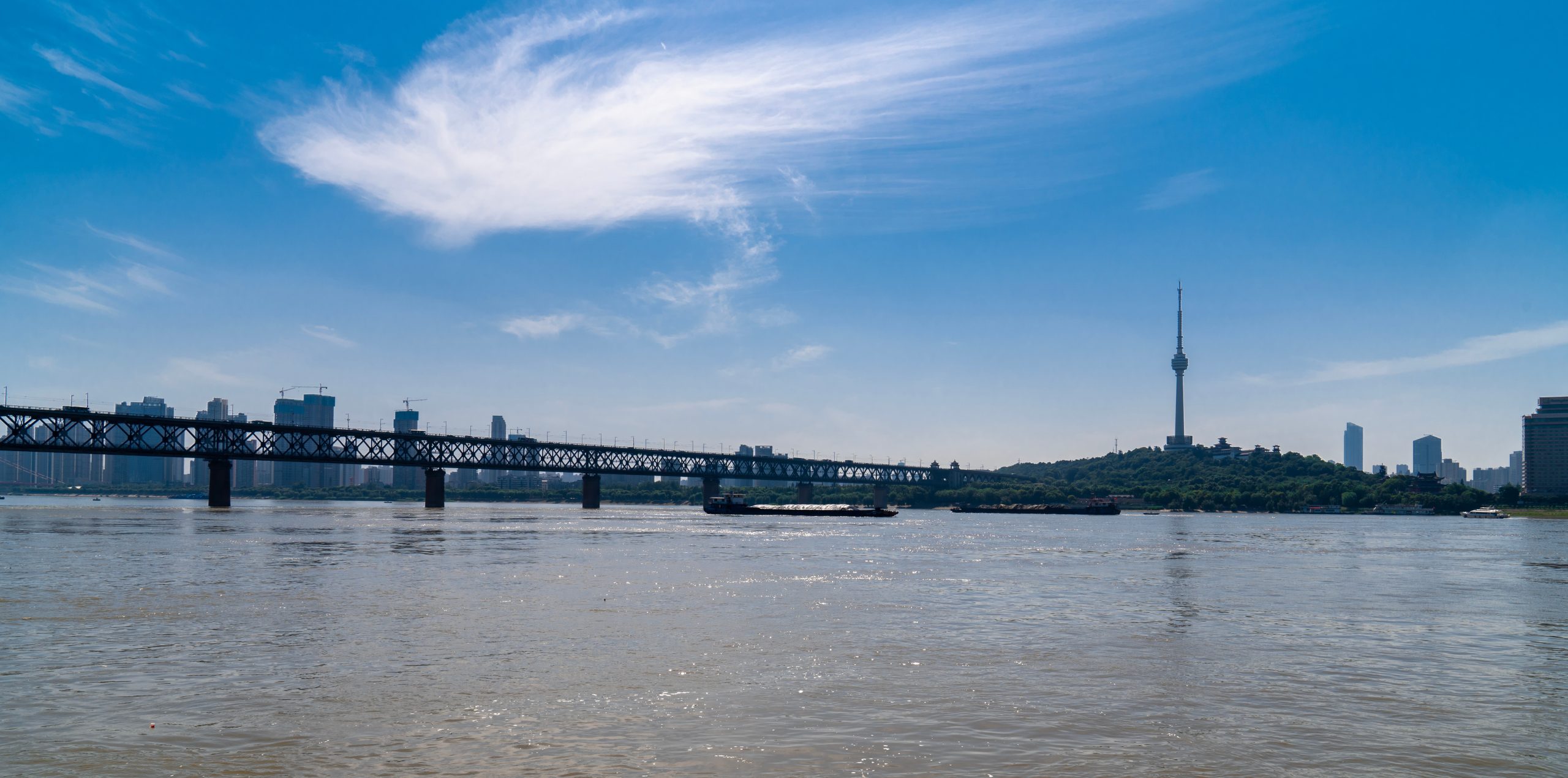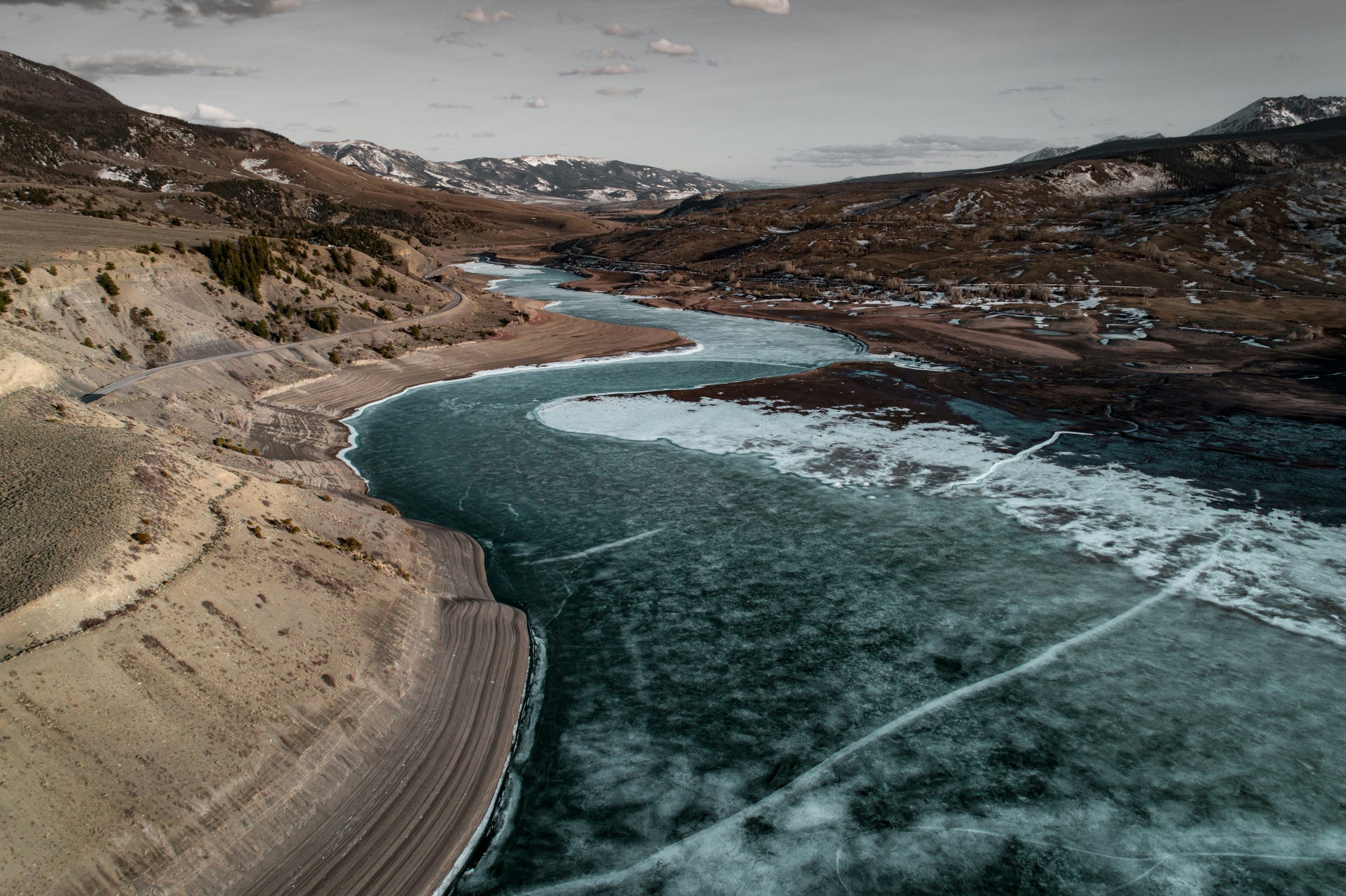Embark on a timeless journey along the Yangtze River and immerse yourself in its tranquility and mysteries. Join us as we uncover the hidden gems and unique cultural experiences that await along this iconic river.
Exploring the history of the Yangtze River

the Yangtze River, also known as Chang Jiang in Chinese, is not only the longest river in Asia but also holds a rich tapestry of history waiting to be unraveled. from ancient civilizations to modern developments, the Yangtze River has been witness to centuries of human activity and transformation.
ancient civilizations along the Yangtze
The Yangtze River has been a cradle of civilization for thousands of years, with archaeological evidence pointing to the presence of early human settlements along its banks as far back as 27,000 years ago. The ancient kingdom of Chu, one of the major powers during the Warring States period (475-221 BCE), was located in the Yangtze River basin and left behind a legacy of art, culture, and philosophy.
During the Han Dynasty (206 BCE – 220 CE), the Yangtze River became a vital transportation route for trade and communication, connecting the heartland of China to its southern regions. This period saw the emergence of key cities such as Jingzhou and Wuchang, which played significant roles in the region’s development and cultural exchange.
the Yangtze in modern times
The 20th century brought significant changes to the Yangtze River, with the construction of the Three Gorges Dam representing a monumental engineering feat that transformed the landscape and ecology of the region. This hydroelectric project, completed in 2006, not only generated clean energy but also raised important environmental and social concerns.
Today, the Yangtze River remains a vital artery for transportation, industry, and agriculture, supporting millions of people along its course. From bustling metropolises like Shanghai to picturesque towns like Fengjie, the river’s banks are home to a diverse array of communities with unique customs and traditions.
exploring the Yangtze River today
Embarking on a cruise along the Yangtze River offers a unique opportunity to delve into its history while experiencing the beauty of its surroundings. Visitors can witness the juxtaposition of ancient landmarks such as the Ghost City of Fengdu with modern marvels like the Three Gorges Dam, providing a glimpse into the river’s past and present.
Exploring the historic town of Nanjing, once the capital of several Chinese dynasties, allows travelers to trace the footsteps of emperors and scholars through well-preserved temples, gardens, and walls. The city’s rich heritage offers a window into China’s imperial past and the cultural influences that have shaped the Yangtze River region.
By immersing oneself in the history of the Yangtze River, visitors can gain a deeper appreciation for the enduring legacy of this mighty waterway and the civilizations that have thrived along its banks. Whether exploring ancient ruins, cruising its waters, or simply soaking in the scenery, the Yangtze River invites all who visit to become part of its storied past.
The impact of modernization on the Yangtze River

the changing landscape of the yangtze river
the yangtze river, known as the “long river” in china, holds a significant place in the country’s history, culture, and economy. stretching over 6,300 kilometers, it is the third-longest river in the world. however, the yangtze river is not just a natural wonder; it is also a crucial waterway for transportation, commerce, and energy production.
modernization and its impact on the yangtze river ecosystem
as china undergoes rapid modernization and economic development, the yangtze river has faced significant changes. the construction of dams and reservoirs, such as the iconic three gorges dam, has altered the river’s flow and the surrounding landscape. while these projects bring benefits like hydroelectric power and flood control, they also have negative impacts on the environment.
– biodiversity loss: the disruption of the yangtze river’s natural flow and habitat has led to a decline in biodiversity. many species of fish and other aquatic creatures are now facing the threat of extinction.
– water pollution: industrialization and urbanization along the yangtze river have contributed to water pollution. untreated waste and chemical runoff have degraded water quality, impacting both aquatic life and human communities that rely on the river for drinking water and irrigation.
the social implications of modernization along the yangtze river
beyond environmental concerns, modernization along the yangtze river has social implications. the construction of dams and infrastructure projects has led to the displacement of communities and the loss of cultural heritage.
– displacement: the construction of dams like the three gorges dam has resulted in the relocation of millions of people. the displacement of communities has caused social unrest and disrupted traditional ways of life.
– cultural heritage: ancient sites and artifacts along the yangtze river have been lost or submerged due to modernization projects. this loss of cultural heritage diminishes the connection between present-day communities and their historical roots.
balancing progress and preservation
as china continues to modernize and develop, finding a balance between progress and preservation is crucial for the future of the yangtze river. sustainable practices, ecological conservation efforts, and community engagement are key to mitigating the negative impacts of modernization on the yangtze river ecosystem and the people who depend on it.
by acknowledging the complexities of modernization and its effects on the yangtze river, stakeholders can work towards a more sustainable and harmonious coexistence between economic development and environmental conservation.
Preserving the cultural heritage along the Yangtze River

The Yangtze River, often referred to as the cradle of Chinese civilization, holds a wealth of cultural heritage that spans thousands of years. From stunning natural landscapes to ancient architectural marvels, the preservation of this rich heritage is of utmost importance to ensure that future generations can continue to appreciate and learn from the region’s history.
Challenges in Preservation
Preserving the cultural heritage along the Yangtze River faces various challenges in the modern world. Rapid urbanization, industrialization, and tourism development have put pressure on traditional heritage sites, leading to their degradation and potential loss. Additionally, natural disasters and climate change pose further threats to these historical treasures.
Efforts in Conservation
Recognizing the significance of the cultural heritage along the Yangtze River, local authorities and conservation organizations have been implementing various initiatives to protect and preserve these valuable assets. This includes restoration projects for ancient temples, efforts to safeguard traditional craftsmanship, and the promotion of sustainable tourism practices that respect the region’s cultural integrity.
Community Involvement
Engaging local communities in the preservation of cultural heritage plays a crucial role in ensuring long-term sustainability. By involving residents in heritage conservation projects, not only are traditional skills and knowledge passed down to future generations, but a sense of pride and ownership is instilled in the community, fostering a collective commitment to safeguarding their heritage.
Education and Awareness
Educating the public about the importance of cultural heritage conservation is key to garnering support and participation in preservation efforts. Schools, museums, and cultural institutions along the Yangtze River play a vital role in raising awareness about the significance of historical sites and traditions, encouraging people to value and protect their heritage.
Preserving the cultural heritage along the Yangtze River is a multifaceted undertaking that requires collaboration, dedication, and continuous efforts. By safeguarding these irreplaceable treasures, we not only maintain a connection to the past but also pave the way for a more culturally enriched and sustainable future for generations to come.
Biodiversity along the Yangtze River
The Yangtze River, known for its majestic beauty and historical significance, is not only a vital waterway but also a hotspot for biodiversity. From its source in the Tibetan Plateau to its mouth at the East China Sea, the Yangtze River basin is home to a rich tapestry of flora and fauna, making it a haven for diverse ecosystems.
flora of the Yangtze River
The flora along the Yangtze River is incredibly diverse, with a wide range of plant species thriving in its fertile soils. Along the riverbanks, lush forests of bamboo, willow, and cedar provide habitats for an array of wildlife. The iconic lotus flowers bloom in abundance, adding a splash of vibrant color to the river’s landscape. Additionally, the Yangtze River basin is home to unique plant species such as the Chinese dove tree and the dawn redwood, adding to the region’s botanical richness.
fauna of the Yangtze River
The fauna of the Yangtze River is equally impressive, with numerous species calling its waters and surrounding areas home. The river is famous for being the natural habitat of the endangered Yangtze finless porpoise, a symbol of the region’s conservation efforts. The Yangtze sturgeon, another critically endangered species, is a remarkable fish that has inhabited the river for millions of years. Birdwatchers will delight in spotting the majestic black-crowned night heron and the colorful mandarin duck along the river’s banks.
wetlands and aquatic life
The Yangtze River basin is dotted with wetlands that provide important habitats for a variety of aquatic species. The river supports a rich diversity of fish, including the Chinese paddlefish and the Yangtze giant softshell turtle. These species play crucial roles in the river’s ecosystem, contributing to its overall biodiversity. The wetlands also attract migratory birds such as the Siberian crane, making the Yangtze River a vital stopover for avian travelers.
conservation efforts
Due to human activities and habitat destruction, the biodiversity of the Yangtze River faces threats. Conservation efforts are underway to protect the unique flora and fauna of the region. Conservation organizations are working to preserve the habitats of endangered species, implement sustainable fishing practices, and raise awareness about the importance of biodiversity along the Yangtze River. By promoting conservation initiatives, we can ensure that future generations can continue to marvel at the wonders of this majestic river and its rich biodiversity.
As one of China’s most iconic waterways, the Yangtze River serves as a reminder of the importance of preserving biodiversity for our planet’s health and well-being. Through conservation and sustainable practices, we can safeguard the diverse ecosystems that call the Yangtze River home, ensuring a harmonious coexistence between nature and human populations.
The role of the Yangtze River in China’s economy
the economic lifeline of china
the Yangtze River, known as the ‘Golden Waterway’, plays a pivotal role in shaping China’s economy, serving as the economic lifeline of the nation. Stretching over 6,300 kilometers, it is the longest river in Asia and the third longest in the world. Its strategic location and rich resources have fueled economic growth and development in the region for centuries.
navigating prosperity
The Yangtze River acts as a vital transportation artery, connecting key industrial cities such as Shanghai, Nanjing, and Chongqing. Its navigable waters facilitate the transport of goods, raw materials, and people, supporting trade and commerce across the region. The river’s bustling ports and harbors serve as gateways for international trade, enhancing China’s global economic connectivity.
hydroelectric power generation
In addition to its role in transportation, the Yangtze River harnesses the power of water through a series of hydroelectric dams. The iconic Three Gorges Dam, the largest hydropower project in the world, generates clean energy to meet the electricity demands of China’s growing economy. This hydroelectric power not only powers industries along the river but also ensures energy security for the nation.
agricultural abundance
The fertile lands surrounding the Yangtze River basin support diverse agricultural activities, contributing significantly to China’s food security. Rice cultivation, aquaculture, and silk production thrive in the region, providing livelihoods for millions of farmers. The river’s water resources are crucial for irrigation, enabling sustainable agriculture and ensuring a stable food supply for the nation.
ecological significance
Beyond its economic importance, the Yangtze River plays a vital role in the region’s ecosystem and biodiversity. It sustains unique aquatic species such as the endangered Yangtze River dolphin and Chinese sturgeon, highlighting the need for conservation efforts to protect these valuable resources. Balancing economic development with environmental preservation is essential to ensure the long-term sustainability of the river ecosystem.
looking ahead
As China continues to evolve and modernize, the Yangtze River remains a cornerstone of its economic prosperity. From transportation and energy generation to agriculture and ecological balance, the river’s multifaceted contributions underscore its significance in driving China’s growth. Preserving the vitality of the Yangtze River is not only crucial for the nation’s economy but also essential for maintaining a harmonious relationship between nature and development in the region.
